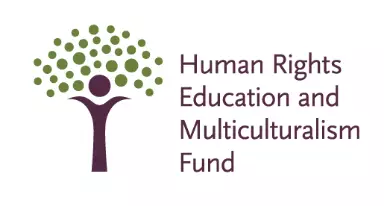
38% of boys and 29% of girls called another student ‘gay’ or ‘lesbian’ as a means to harass them 3/4 of students surveyed said they would be very upset if someone:
LGBT students are exposed to particular kinds of bullying. Intimidation and threats can be the most damaging types of harassment. Many youth feel it is necessary to keep their LGBT status as secret for as long as possible. The risk of telling another person is not just in the reaction of the person being told, but also in the risk of that person telling others. Classmates may try to use this information against an LGBT youth by threatening to ‘out’ the youth to friends, family or teachers. This is a form of bullying that causes the youth to live in fear, possibly choosing to let the bully get away with continued harassment. Parents or teachers, who could normally be safe people to discuss harassment, may not be seen as safe because of their homophobia or transphobia. Freedom to Be: A Teachers’ Guide to Sexual Orientation, Gender Identity and Human Rights, ACLRC, 2007 at 54. (Stay tuned for our updated resources in this area.) Source of statistics: “Hostile Hallways: Bullying, Teasing and Sexual Harassment in Schools” (2001) commissioned by AAUW Education Foundation, researched by Harris Interactive at 3-8. See also, Gay, Lesbian and Straight Education Network, “2005 National School Climate Survey” (2005).
Source: Gay, Lesbian and Straight Education Network, “2005 National School Climate Survey” (2005).




2500 University Drive NW
Calgary, AB T2N 1N4
(403) 220-2505
aclrc@ucalgary.ca